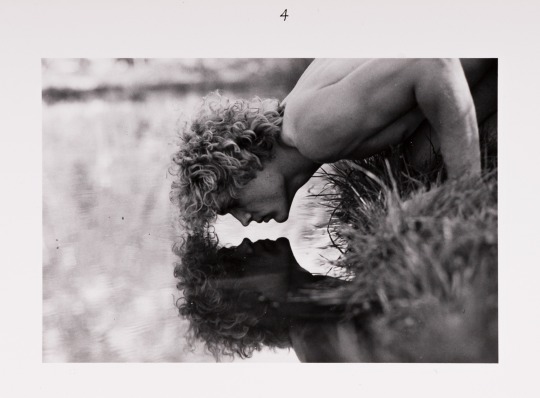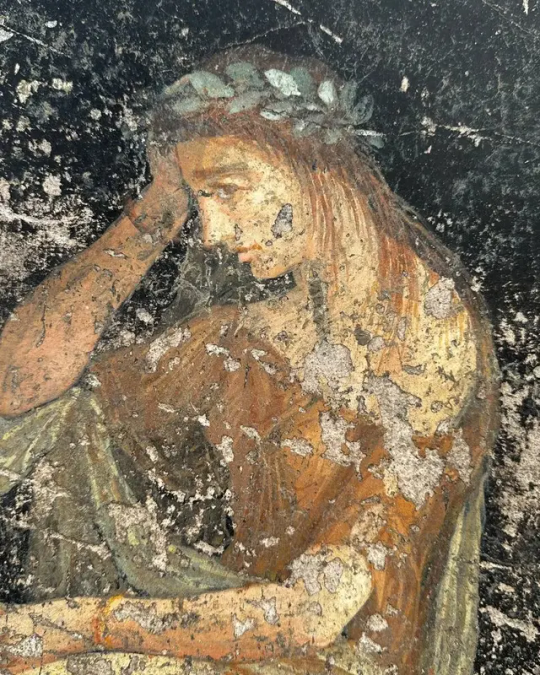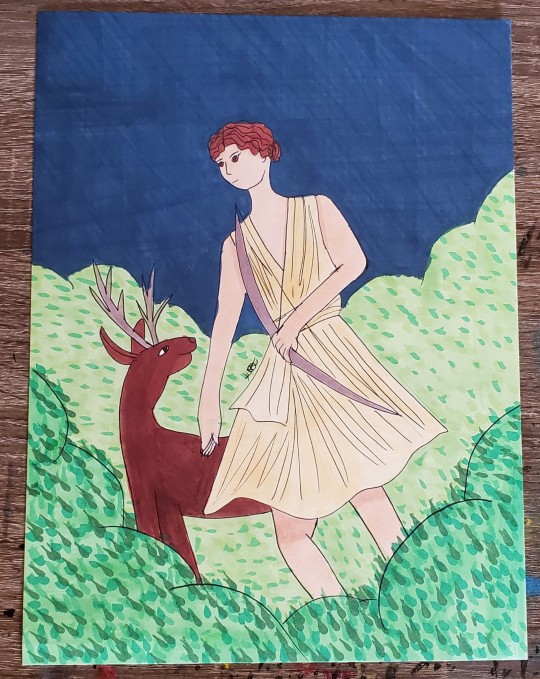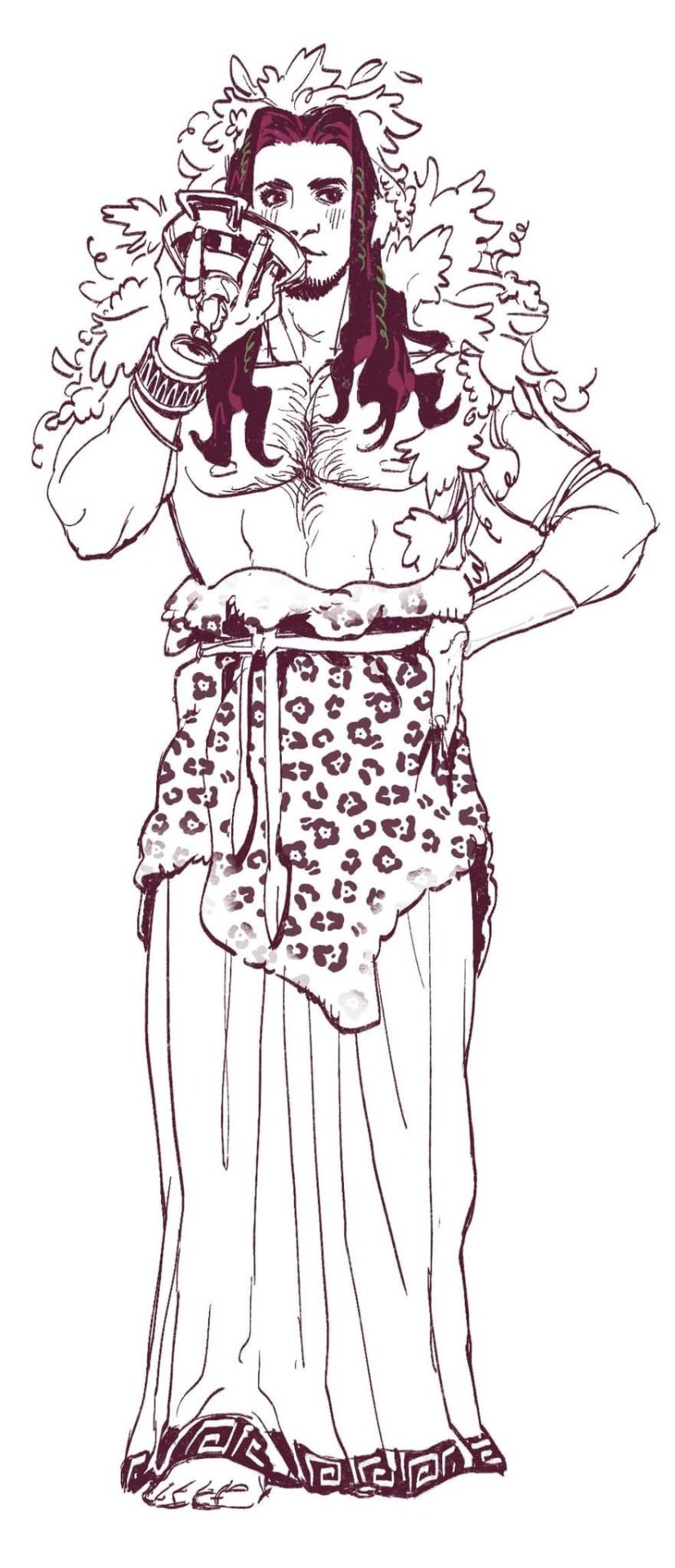Text
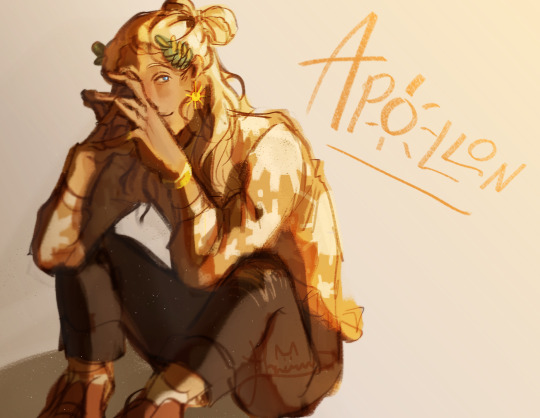
Wawawawa, drew Apollon instead of doing my school work (It do be like that dkjasfds.) Also, drawing Apollon in a somewhat more modern time is fun! :^)))) (Idk, man... Idk)
301 notes
·
View notes
Text

Nikos Engonopoulos, from Bolívar, a Greek Poem
7K notes
·
View notes
Photo


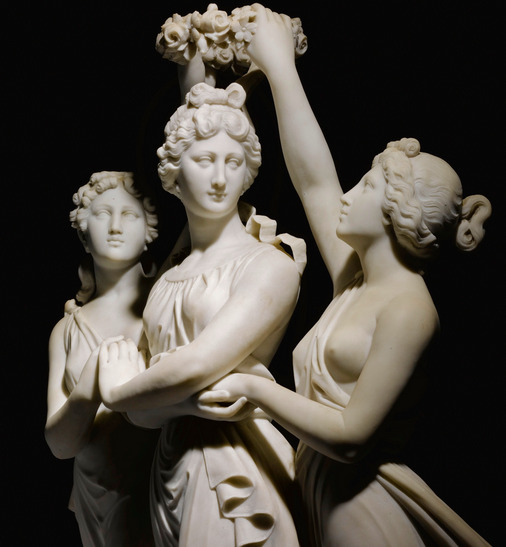
The Graces Crowning Venus, late 19th century
Antonio Frilli, after a design by Antonio Canova
7K notes
·
View notes
Photo

Vatican Museum - Dionysus (by Egisto Sani)
Edited by johnnybravo20
5K notes
·
View notes
Text


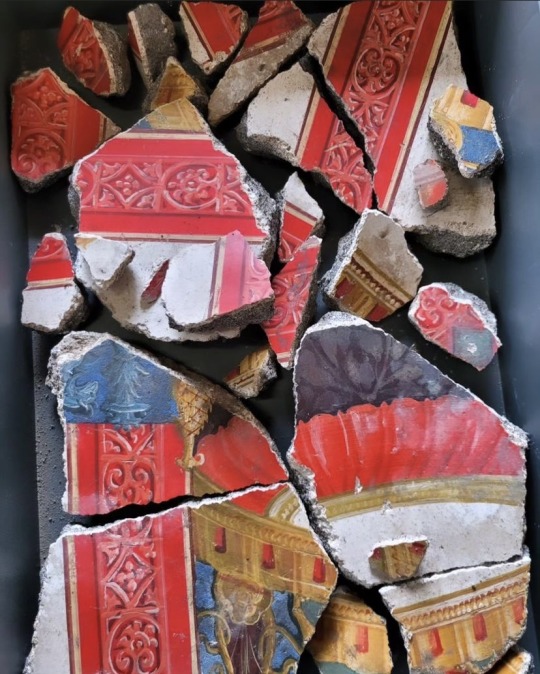

recently uncovered pompeii reg. ix fragments!!!!
5K notes
·
View notes
Text
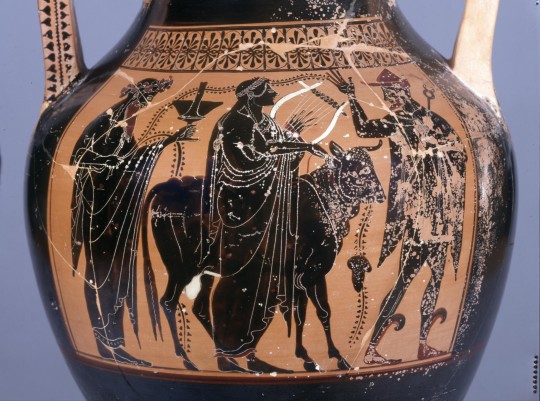
Apollo entertaining Dionysus and Hermes
Black figure Amphora (520BC-510BC) attributed to the Rycroft Painter.
83 notes
·
View notes
Photo

Another fresco of the Roman house under SS. Giovanni e Paolo, Rome.
There are actually five different buildings and among them is the house that is believed to be the home of two Roman officers who were martyred in 362. Houses were used between 1st and 4th centuries AD comprising ca. 20 rooms to explore. Some of them have pretty good frescoes like that in the pic. As an extra bonus one can mention that this seems to be pretty quiet place. (At least in last July in addition to me there was just one other person visiting the ruins)
186 notes
·
View notes
Text

Silver bracelet with gold finials, Greece, 4th century BC
from The Dallas Museum of Art
310 notes
·
View notes
Text
“It is not enough to weep for our lost landscapes; we have to put our hands in the earth to make ourselves whole again. Even a wounded world is feeding us. Even a wounded world holds us, giving us moments of wonder and joy. I choose joy over despair. Not because I have my head in the sand, but because joy is what the earth gives me daily and I must return the gift.”
— Robin Wall Kimmerer, from Braiding Sweetgrass: Indigenous Wisdom, Scientific Knowledge, and the Teachings of Plants (Milkweed Editions, 2020)
8K notes
·
View notes
Text

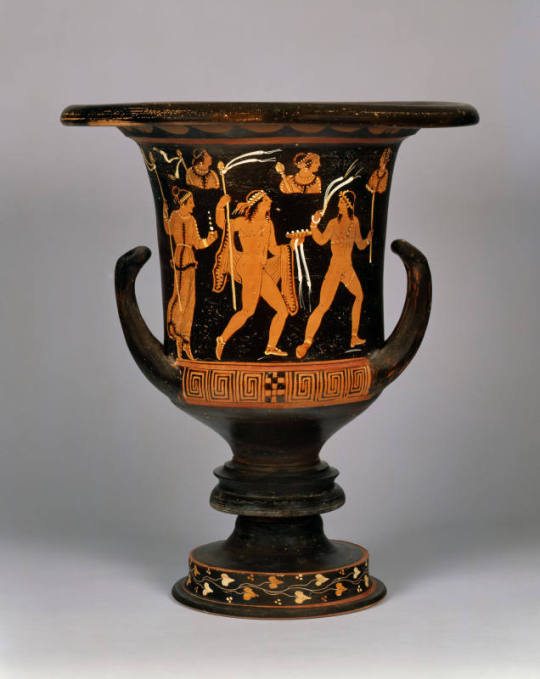


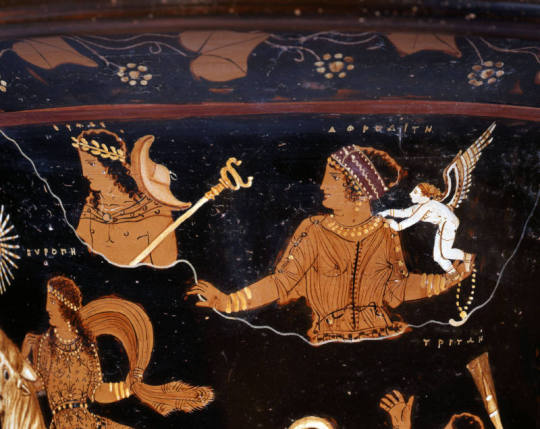
Red figure calyx-krater depicting the abductions of Europa, crafted in Paestra, Greek Southern Italy (Magna Graecia), circa 380 BC
from The Michael C. Carlos Museum, Emory University
281 notes
·
View notes
Text
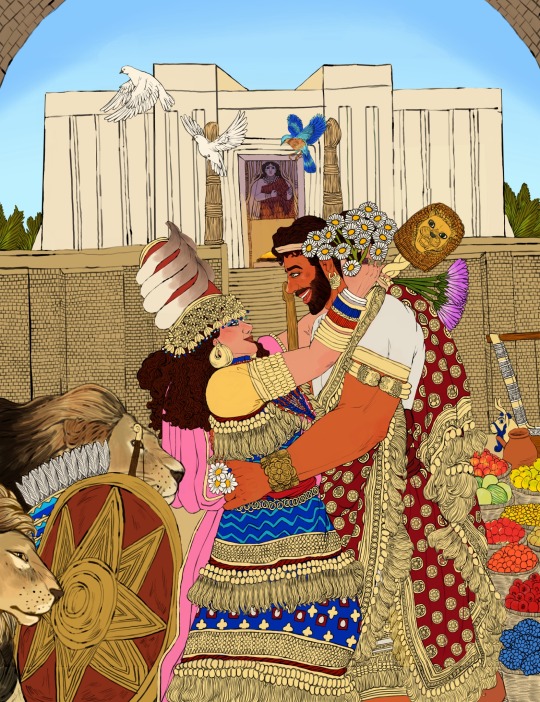

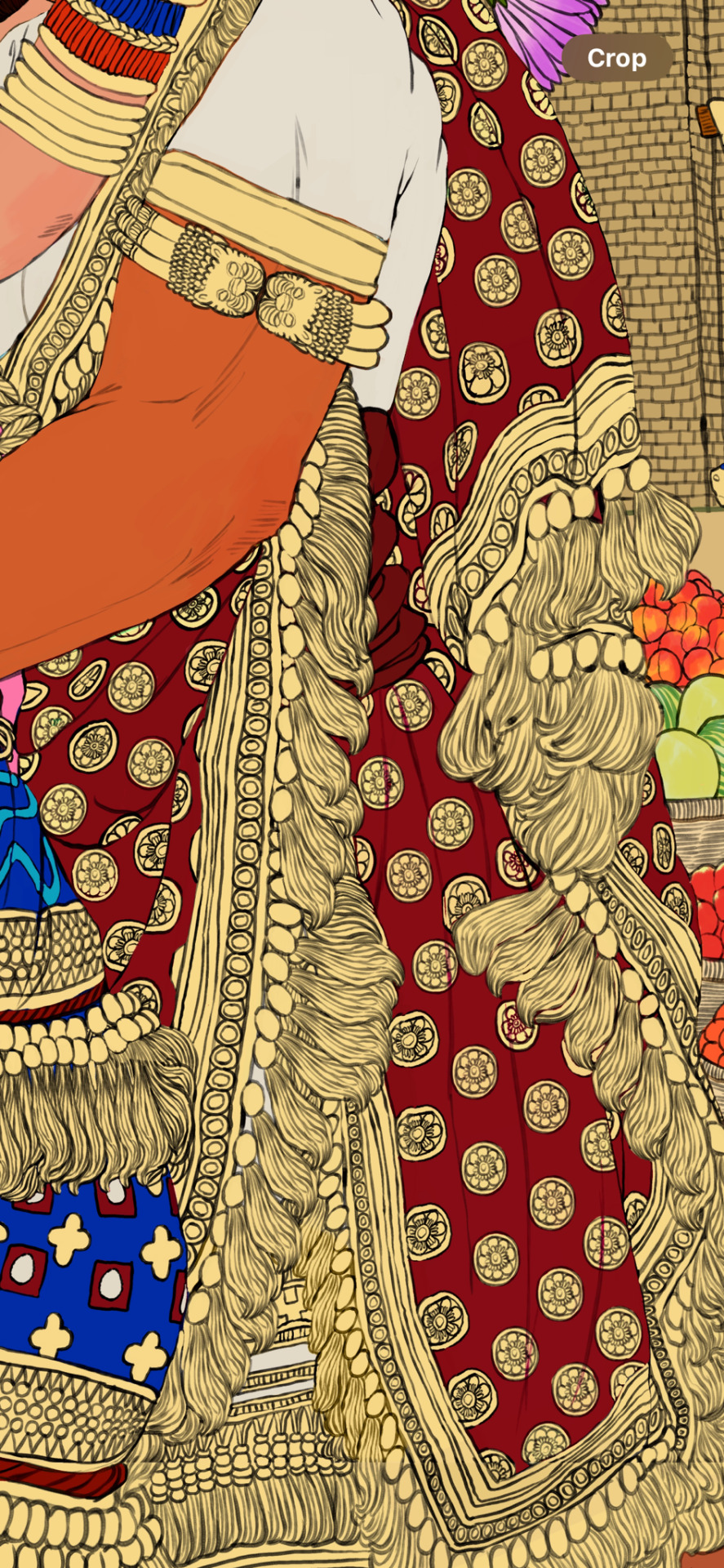

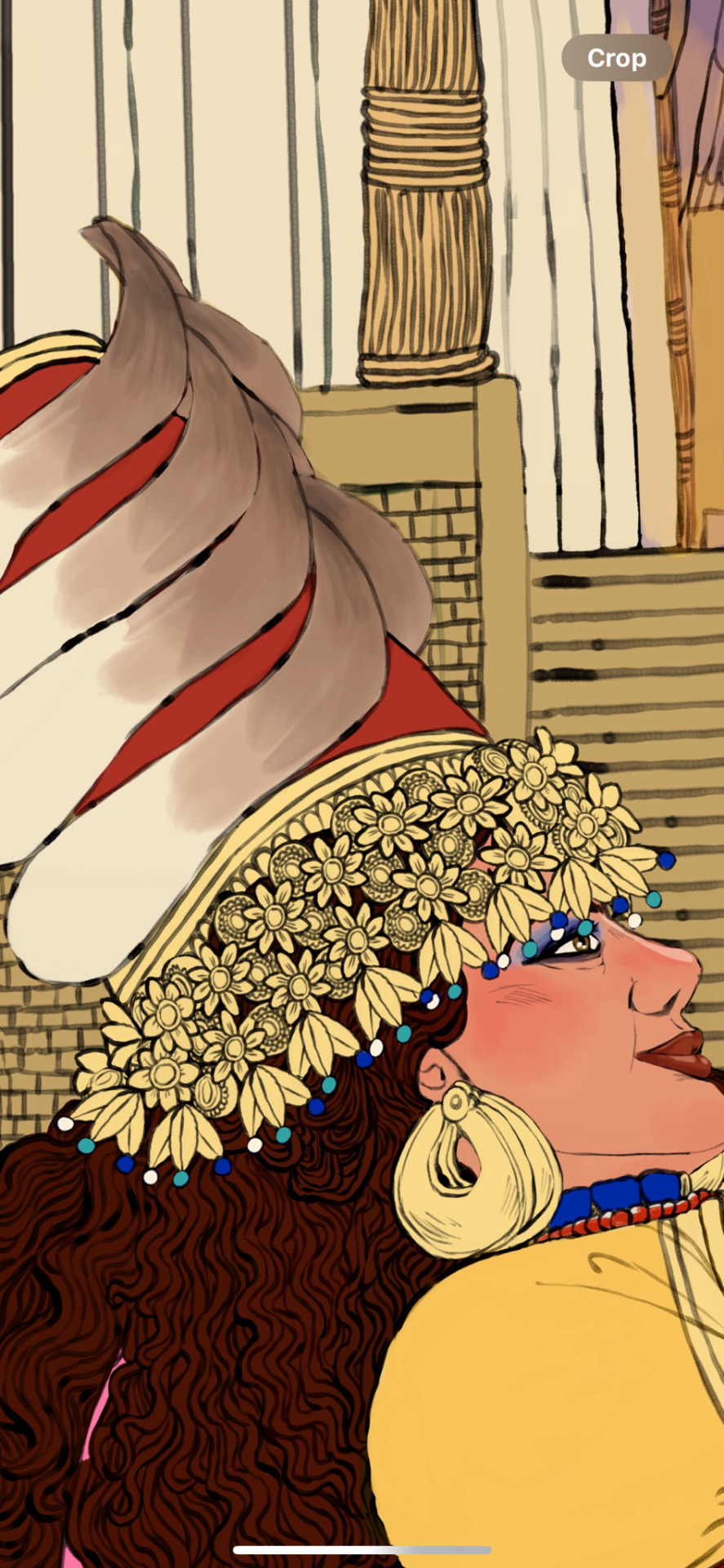
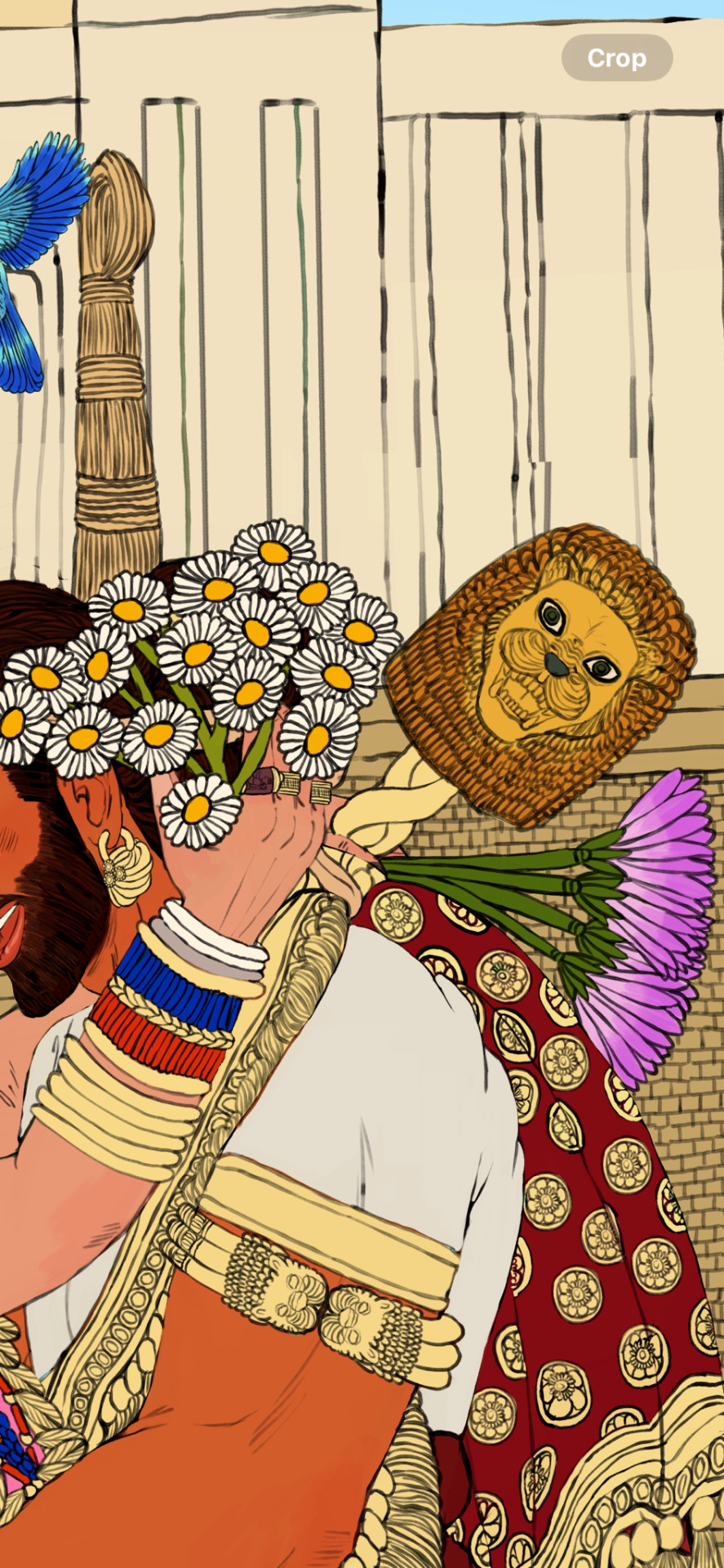
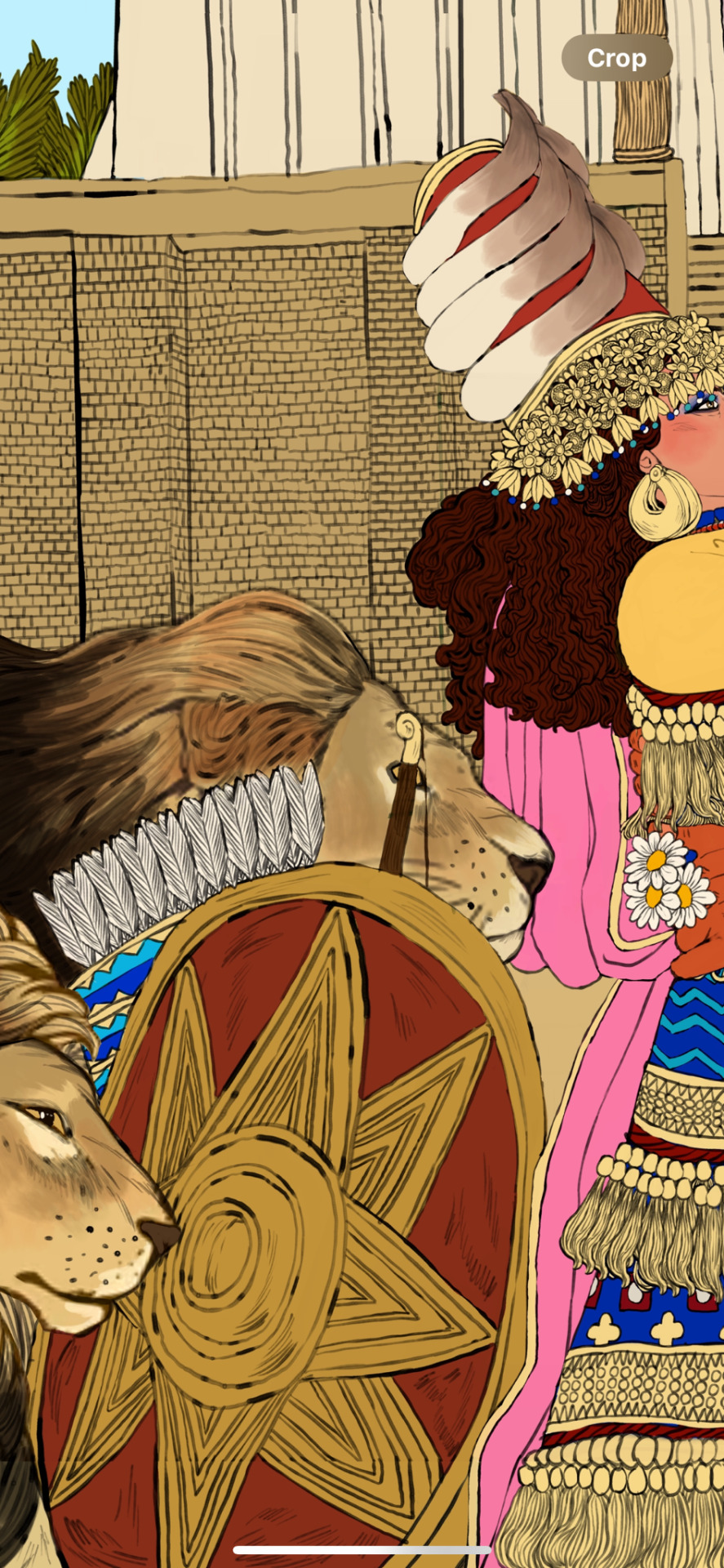
Aphrodite and Adonis in their older Mesopotamian forms; Inanna-Ishtar, the warlike goddess of beauty, fertility, and love and Dumuzi, her husband and the shepherd king of ageless Uruk.🦁🐏
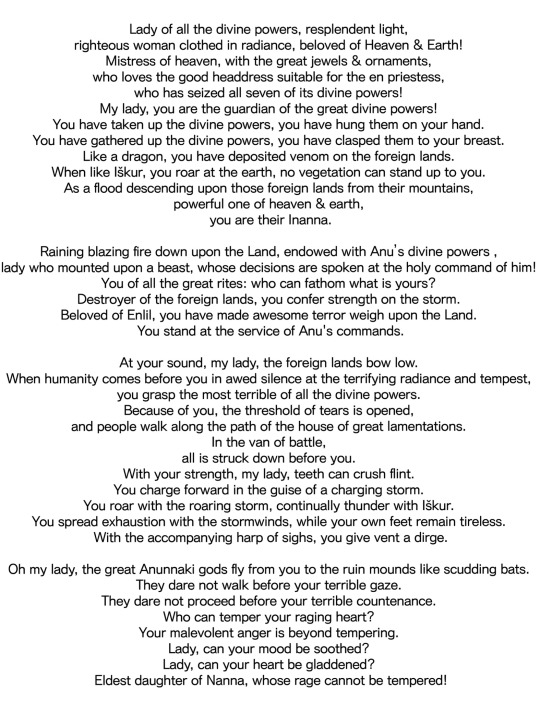
Here are the poem snippet that I used as the main inspo, written by Enhueduanna, high priestess of the moon god Nanna/Sin and daughter of King Sargon & Queen Tashlultum of Akkad. As she became a devotee of Inanna and composed various exaltation hymns to the goddess, she also composed 42 hymns addressed to many temples and sanctuaries across the land of Sumer and Akkad, the so-called Temple Hymns; which makes her become the earliest known named author in world history.
The ziggurat temple background was based on the Eanna temple (”House” of Inanna) in Uruk, which was built during the 3rd dynasty of Ur (21st cent BC) and had been mentioned throughout in the Epic of Gilgamesh; while their clothing was from later recent Assyrian & Babylonian era. All of the offerings were based on the depictions on the Warka vase from the National Museum of Iraq - an agricultural festival that seemed to be connected with the rituals involved with the goddess.
20 notes
·
View notes
Photo

Minoan household shrine discovered at the archaeological site of Hagia Triada, Greece. 1600-1450 BC.
1K notes
·
View notes

